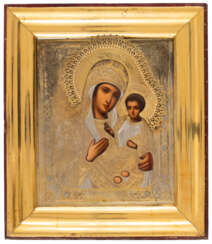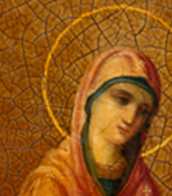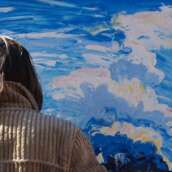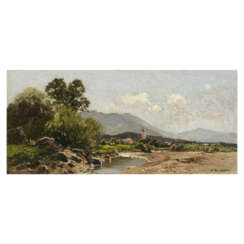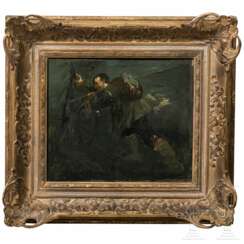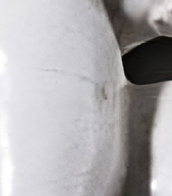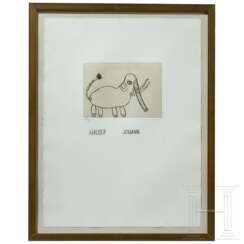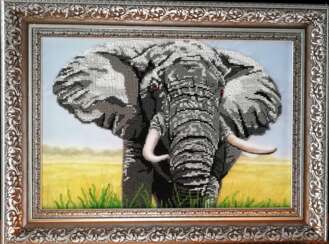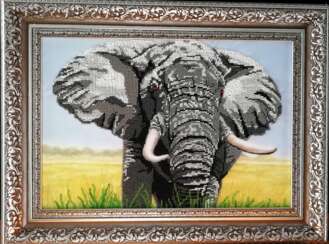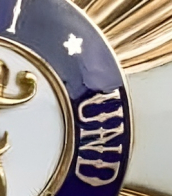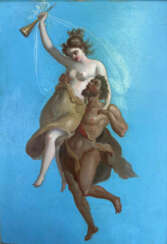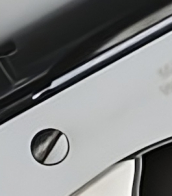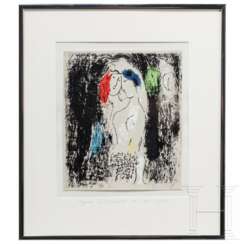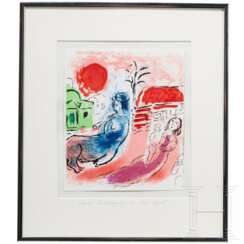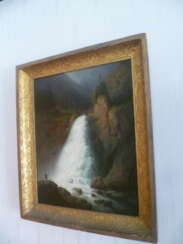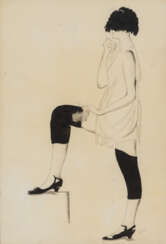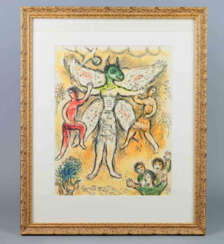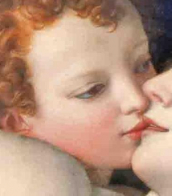79 Items by auctions and galleries:
rahmen (36
Lot 285 Willy Moralt
Willy Moralt (1884 - 1947) 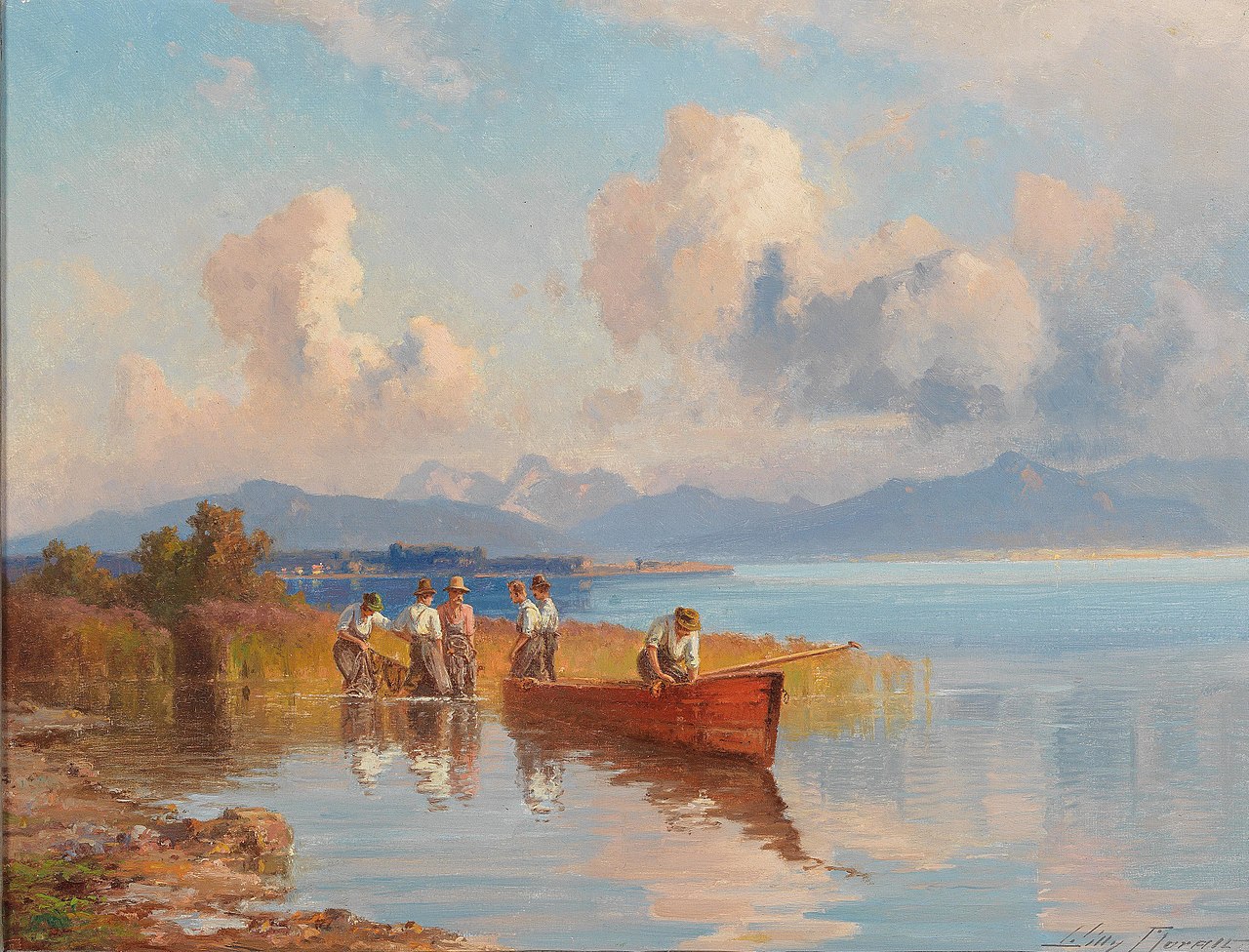 A419: Kunst und Antiquitäten Winter 2025
A419: Kunst und Antiquitäten Winter 2025 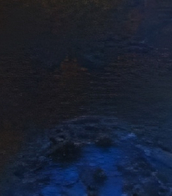

Willy Moralt
01.12.1884 - 18.02.1947
Germany
Willy Moralt was a German painter who specialised in landscapes.

Kunstauktionshaus Neumeister
A419: Kunst und Antiquitäten Winter 2025
Date: 03.12.2025 14:00 UTC +01:00
Number of lots in the catalog: 356
"Elefant"
Nataliia Kircheva (b. 1975)  Shop Kircheva Nataliia
Shop Kircheva Nataliia

Nataliia Kircheva
04.06.1975
Germany
Ich sticke Bilder mit Perlen, handgemacht. Ich binde Bilder von tschechischen Qualitätsperlen ein und erstelle Illustrationen zu verschiedenen Themen. Ich sticke auch Perlen auf Ihre Bestellung von Fotos nach Ihren Wünschen.

Artist shop
Kircheva Nataliia
Germany
Number of products: 3
"Elefant"
Nataliia Kircheva (b. 1975)  Shop Kircheva Nataliia
Shop Kircheva Nataliia

Nataliia Kircheva
04.06.1975
Germany
Ich sticke Bilder mit Perlen, handgemacht. Ich binde Bilder von tschechischen Qualitätsperlen ein und erstelle Illustrationen zu verschiedenen Themen. Ich sticke auch Perlen auf Ihre Bestellung von Fotos nach Ihren Wünschen.

Artist shop
Kircheva Nataliia
Germany
Number of products: 3
"Elefant"
Nataliia Kircheva (b. 1975)  Shop Kircheva Nataliia
Shop Kircheva Nataliia

Nataliia Kircheva
04.06.1975
Germany
Ich sticke Bilder mit Perlen, handgemacht. Ich binde Bilder von tschechischen Qualitätsperlen ein und erstelle Illustrationen zu verschiedenen Themen. Ich sticke auch Perlen auf Ihre Bestellung von Fotos nach Ihren Wünschen.

Artist shop
Kircheva Nataliia
Germany
Number of products: 3
Merz Kaspar Heinrich 1806-1875
Kaspar Heinrich Merz (1806 - 1875) 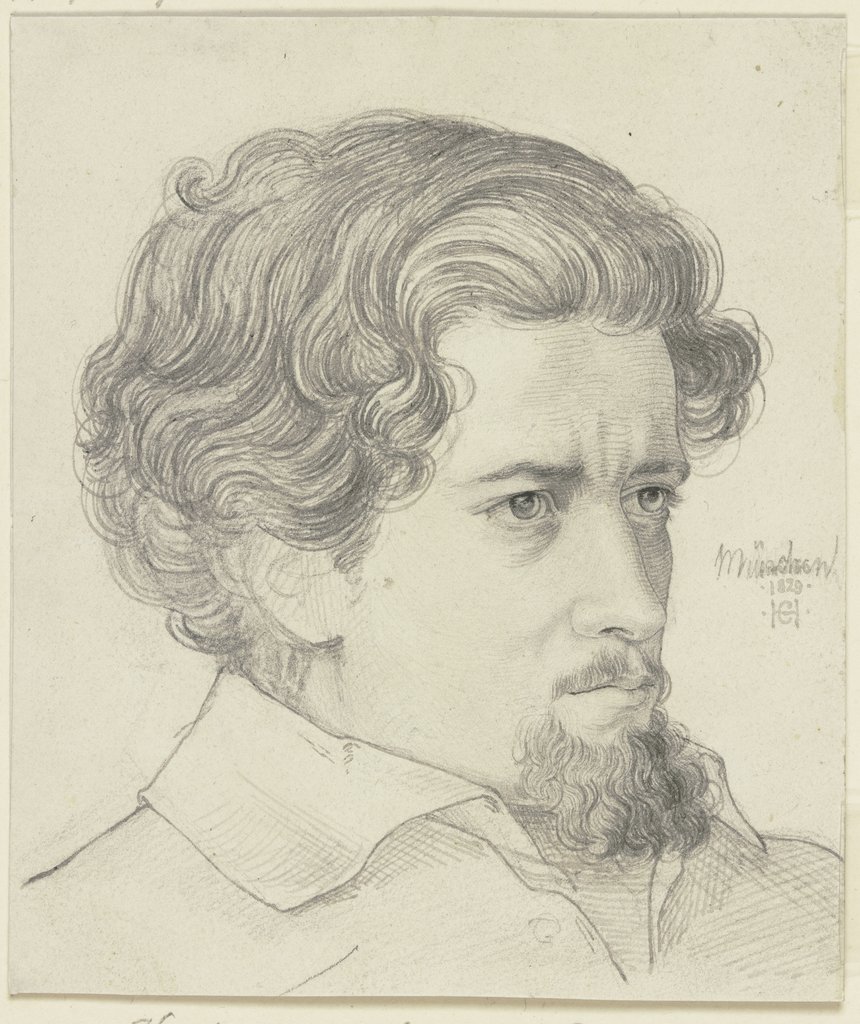 Shop Artkunst
Shop Artkunst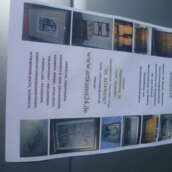

Kaspar Heinrich Merz
07.05.1806 - 29.07.1875
Austria, Switzerland
Kaspar Heinrich Merz was a Swiss draftsman and copper and steel engraver. From 1821, with the help of "a few patrons", he was "apprenticed" to the copper engraver Johann Jakob Lips in Zurich for four years. He also worked as an engraver for the magazine Historical Entertainment. Merz had also acquired a reputation for his color engravings, some of which he created over years of individual work.

Shop
Artkunst
Germany
Number of products: 144



